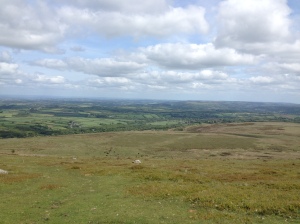Fifteen years ago, shortly before I fell pregnant with the first of our three children, my parents moved from the west of West Berks to North Devon. It was a wrench – but no more so than now, when they are moving again. We fell in love with a place I ended up calling ‘home’ for the longest time.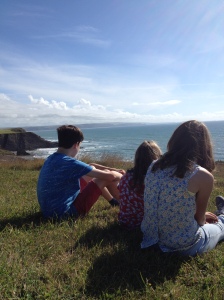
‘Tansy’ is a remnant farm of the dairy vales, between the moors and sea, with a little wood, and stream that feeds a lake my father dug. There have been fifteen years of extended family life here, and cows, sheep, lambs, chickens and ducks, foxes, fox cubs, and wild red deer. Above the roof of the pole barn, the highest field (and its ‘tea shed’) has panoramic views to Crackington Haven, Bodmin and Dartmoor – I’ve written many ‘Nature Notes’ here over the last fifteen years as well as one and a half books.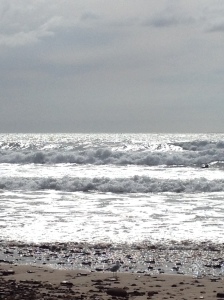
Devon has given me a borrowed sense of belonging somewhere else in the world. I am neither native, nor tourist (neither moor nor sea) but something inbetween; an ‘inner émigré’ to this other border country. I know its flowers (now, meadowsweet, betony, montbretia and purple loosestrife) its birds (oystercatchers on the cricket pitch, siskins, ravens, have seen great, shifting smoke-clouds of winter starlings and greeted the first swallows in off the Atlantic). I know the Culm grasslands, Tarka’s rivers, 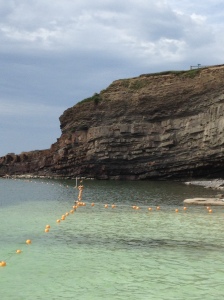 heavy lichen on stunted oaks in faery forests of ferns in the coast woods or on Dartmoor; whole stoat-haunted Devon banks of navelwort, campion, grass snakes and sunning lizards. We have known snow, high summer and apocalyptic floods and people; the lovely accent, the struggling farms, agricultural shows and auctions.
heavy lichen on stunted oaks in faery forests of ferns in the coast woods or on Dartmoor; whole stoat-haunted Devon banks of navelwort, campion, grass snakes and sunning lizards. We have known snow, high summer and apocalyptic floods and people; the lovely accent, the struggling farms, agricultural shows and auctions.
But my heart breaks for Cornish Bude; its vintage beauty, colours and light, its mantle of downs and cliffs, the more secret ‘local’s beaches of Northcott Mouth and Pierce’s Cove. And the astonishing loveliness of the 1930’s tidal pool under bookshelf-cliffs. I love Crooklets beach café lit by fairy lights at Christmas, the Atlantic Diner in a storm, Spencer Thorn Bookshop and the exhilaration of the wrecking rocks and pools refilling at high tide.
The weather this last week has been patchy. We camped out in the woods, we swam. On ‘changeover day’, when the summer people are coming or going, it be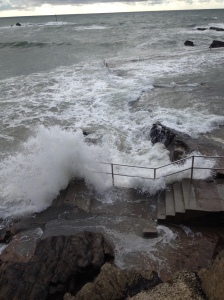 comes ours again, for the last time. The sea pool is inundated with a crashing swell under an iron sky, but when we scramble, breathlessly, out, the sun warms the cliffs to amber and out to sea, beyond Barrel Rock, sets a silver bar on the horizon. The girls’ hair tangles and falls in salty ringlets and my son’s face is lit with a sandy glow. They belong.
comes ours again, for the last time. The sea pool is inundated with a crashing swell under an iron sky, but when we scramble, breathlessly, out, the sun warms the cliffs to amber and out to sea, beyond Barrel Rock, sets a silver bar on the horizon. The girls’ hair tangles and falls in salty ringlets and my son’s face is lit with a sandy glow. They belong.
I try to be brave. I have to turn away from the light sparking off the ocean. The salt taste on my lips has not come from the sea.
